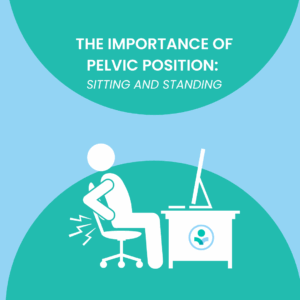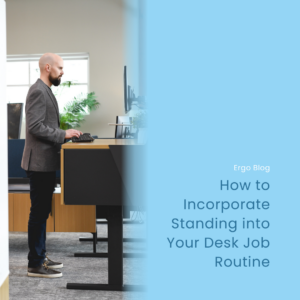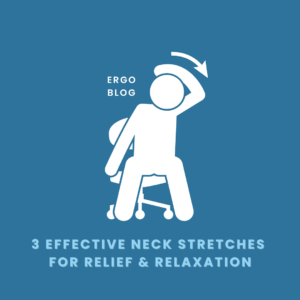Updated: Jan 10, 2025
Ergonomics for Readers
The Comfortable Reader: A Guide to Ergonomics for Book Enthusiasts
In the cozy corners of libraries, on park benches basking in sunlight, or curled up in bed late at night—wherever you find solace in the pages of a good book, your comfort matters. While the world of literature may transport us to different realms, it’s essential to ground ourselves in the principles of ergonomics to ensure that our reading experiences are not only enjoyable but also sustainable for our bodies.
Understanding Ergonomics in Reading:
Ergonomics isn’t just about office chairs and computer setups; it extends to any activity that involves interaction between humans and their environments. In the case of reading, it’s about finding the optimal positions and tools that support our bodies while indulging in the pleasures of literature.
Here are some practical tips to enhance your reading experience with ergonomics in mind:
- Choose the Right Environment: Whether you prefer the ambiance of a bustling cafe or the tranquility of your bedroom, select a reading environment that suits your comfort preferences. Ensure adequate lighting to prevent eye strain and minimize glare on the pages.
- Supportive Seating: Invest in a comfortable chair or cozy reading nook that provides adequate support for your back and neck. Look for options with lumbar support to maintain a natural spine curvature and reduce the risk of discomfort or pain during extended reading sessions. Find a chair with head support as well to assist with holding your head and neck in a neutral position. Avoid flexing your head too far forward.
- Proper Posture: Sit upright with your feet flat on the floor or supported by a footrest to promote good posture. Avoid slouching or hunching over your book or e-reader, as this can strain your neck and back muscles over time.
- Book Placement: Position your book or e-reader at eye level to reduce neck strain. Avoid holding your book by your stomach which creates more unwanted neck neck flexion. Consider using a bookstand or pillow to prop up your book or e-reader at a comfortable angle, allowing you to maintain a relaxed posture while turning the pages.
- Take Breaks: Just as with any sedentary activity, it’s essential to take regular breaks to stretch your muscles and rest your eyes. Set a timer to remind yourself to pause and move around every hour or so, allowing your body to reset and preventing stiffness or fatigue.
- Ergonomic Accessories: Explore ergonomic accessories such as book holders, page turners, or reading glasses designed to reduce strain and enhance comfort. These tools can make reading more accessible for individuals with mobility or vision impairments.
- Listen to Your Body: Pay attention to any signs of discomfort or fatigue while reading, such as tension in your shoulders or strain in your eyes. Adjust your posture or take a break if needed to prevent long-term discomfort or injury.
By incorporating these ergonomic principles into your reading routine, you can cultivate a more enjoyable and sustainable relationship with books. Remember that comfort and well-being are essential companions on the literary journey, enriching the mind and nurturing the body alike. So, the next time you dive into a captivating story or immerse yourself in the depths of knowledge, do so with mindfulness towards your body’s needs, and let the pages unfold in harmony with your physical well-being.
Check out our YouTube video below for a visual representation of the blog!



